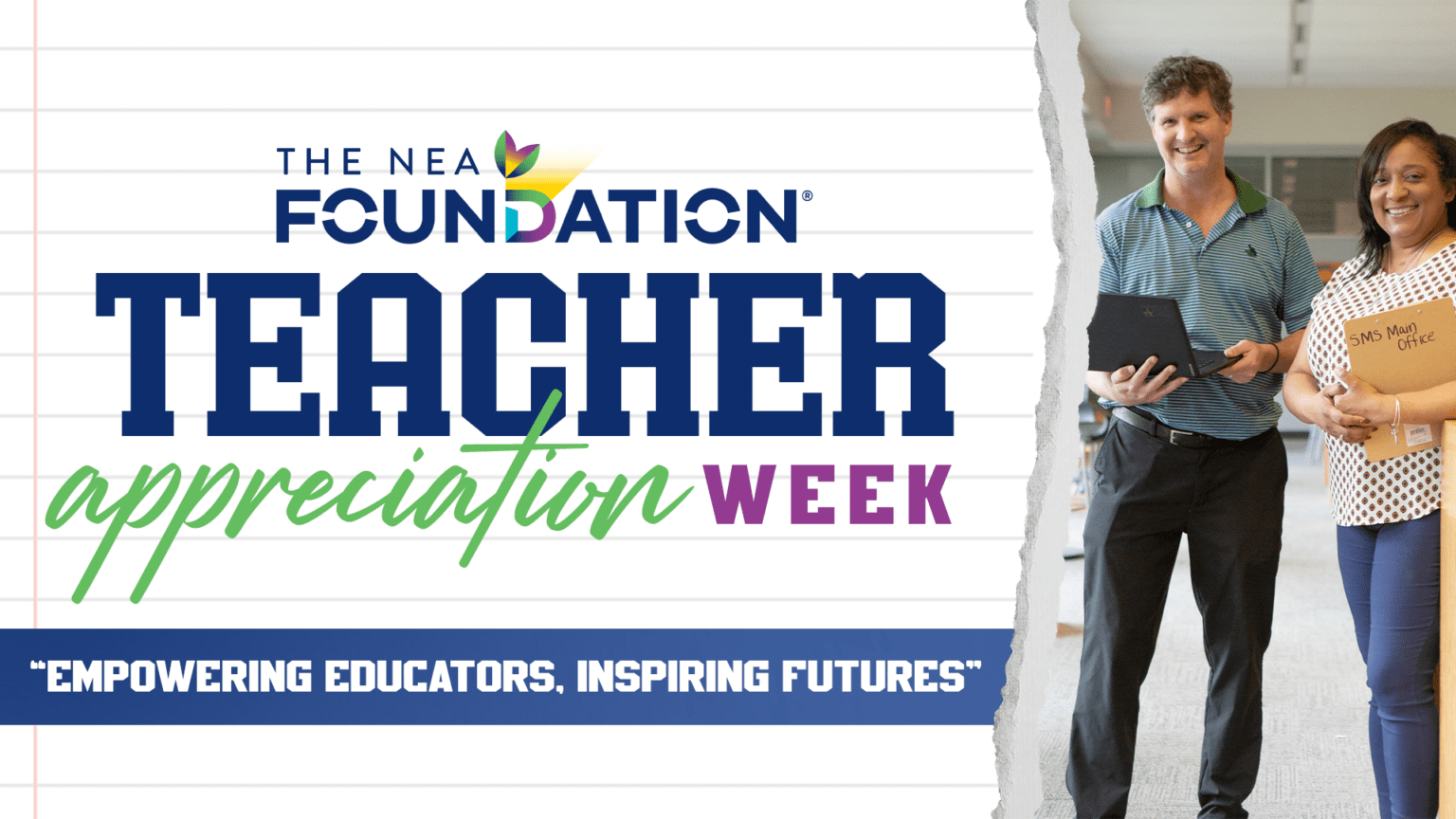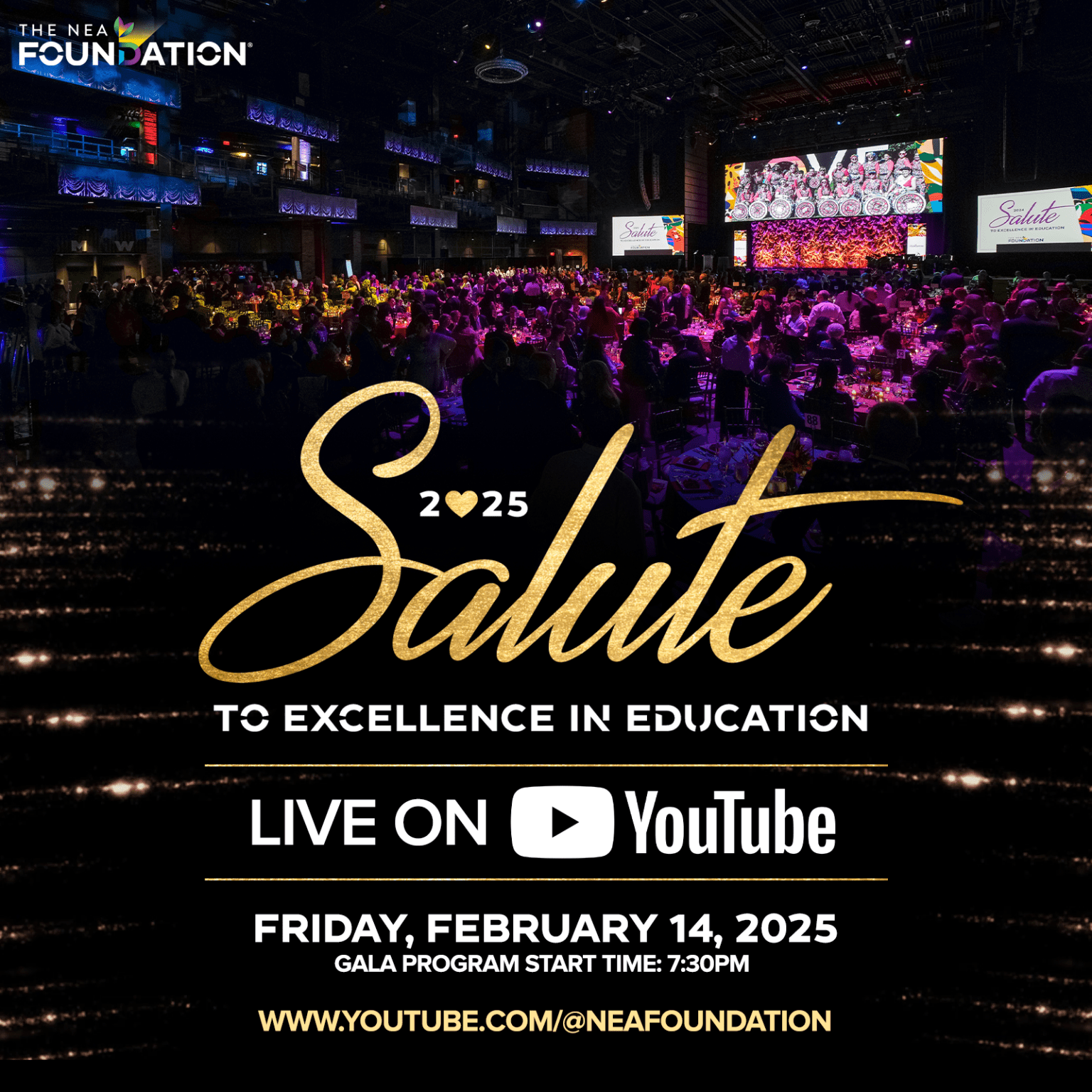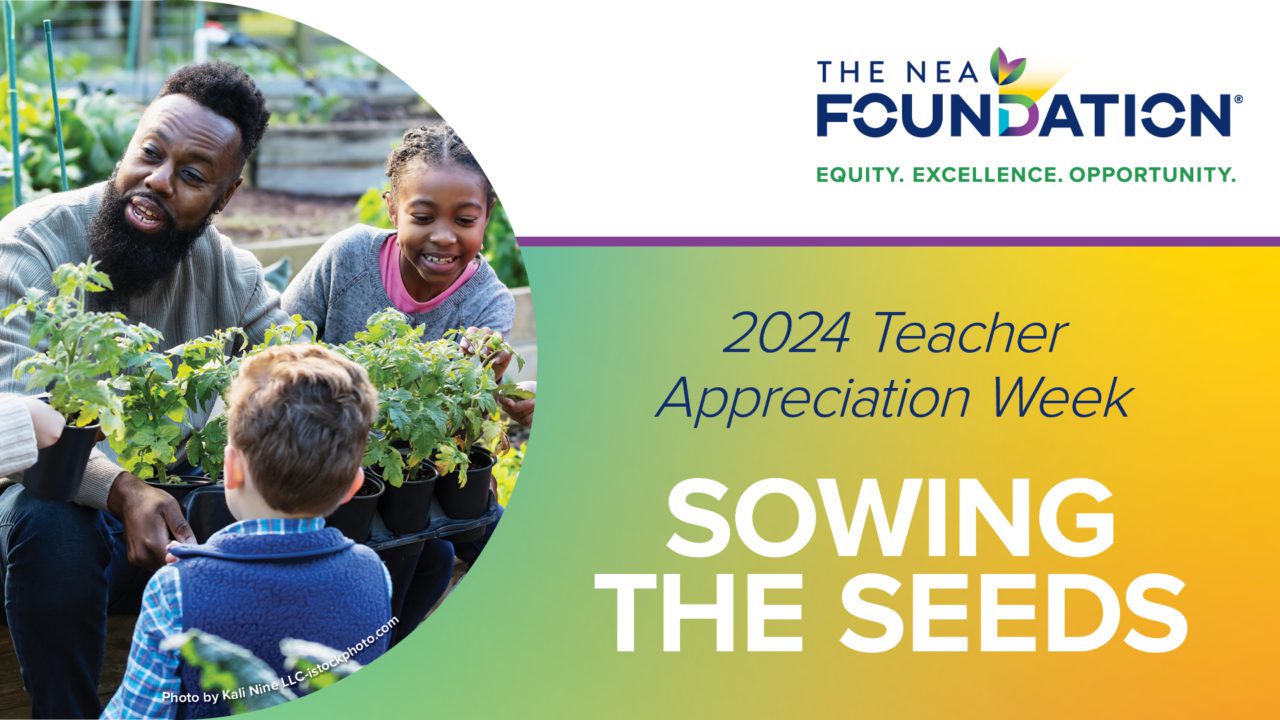By Diana Wedl
Instructional Facilitator and 2015 Global Learning Fellow
Carpenter Elementary School, Carpenter, WY
This blog series features the NEA Foundation’s Global Learning Fellows, is a cohort of educators who participated in a year-long supported learning experience on the VIF International Global Gateway platform to build global competency skills. Diana and her 2015 cohort traveled to Peru for school visits and field study on how to integrate global themes and cultural competency in everyday classroom settings.

This little note from Havala makes me laugh and fills my heart with satisfaction. You see, I didn’t specifically teach her more about China, and yet she thinks I did. I didn’t choose China as a country of focus, nor did I give her a worksheet to fill out to show her level of understanding. Instead, I used purposeful global competency lesson plans revolving around a self-guided investigation to answer one essential question, “What is culture?” This sparked her research into China.
I gave her an opportunity to freely explore her chosen country and gave her tools to gain her own perspective and insight into a culture and how it affects our lives. I never told Havala to look for certain culture items, such as how a country celebrates holidays, or what their flag looks like and what it symbolizes, nor did I ask her about historical events and figures, or traditional clothing or foods. Instead, I taught my lesson, “What is Culture?” as an open-ended inquiry, hoping that through research and self-discovery she would find culture is more than just holidays and flags. The center of this lesson starts with the basic idea that people are at the center of culture.

After introducing my global competency lesson, students flocked to the computer and various texts to see what they could discover about their country of interest. Many students even went searching to locate a new country they had never heard of before.
How effortless to teach geography when students eagerly go to search for a new place to discover on a map! The seed for global competency learning had been planted. To foster this eagerness to learn we continued throughout the year with more specific lessons revolving around food, (Everyone Eats Rice), holiday celebrations (4th of July around the World), and other important cultural discoveries they could share with others. And hopefully, through global learning, exploration, and discussion, they will continue to see the world’s culture everywhere they go.
Bring global competency to your school! Get Diana Wedl’s free, global lesson plan designed for second grade titled, “What is Culture?” as posted on VIF Learning Center. Then check out the NEA Foundation website for more information on how to apply for grant resources. The next deadline for application is February 1, 2016.












